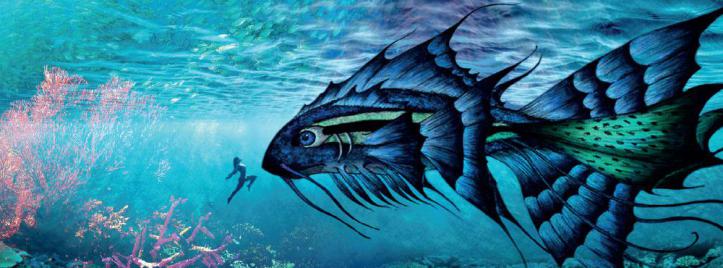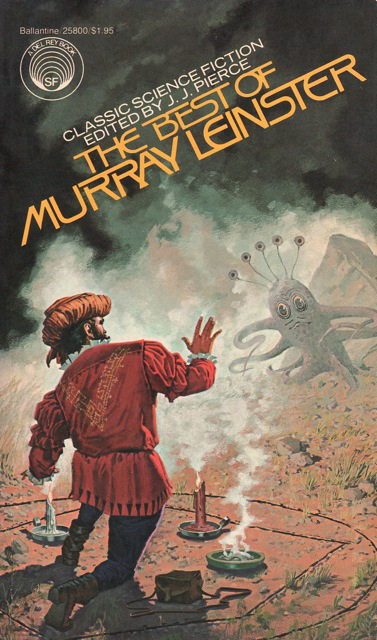Jivamukti yoga Focus Of The Month – March, 2017

hānan eṣāṁ kleśavad uktam
The greatest obstacle to the practice of yoga is one’s own prejudices based on one’s own preferences.
Once upon a time, the strong, wise, out-of-this-world God of Transformation Lord Shiva was sitting with his companion, the great Goddess Parvati. He was telling her about the methods of yoga he had just discovered. He talked for a very long time, not noticing Parvati was bored. After all, it was she who had designed the whole system of yoga in the first place and hardly needed to be lectured on it! As Shiva continued to talk, Parvati dipped her hand in the river and started to gracefully caress the water, making subtle ripples which went on to become waves. One fish recognized that something interesting was coming from the riverbank and swam over to check it out. That fish, whose name was Matsya, listened to Lord Shiva’s teachings with rapt attention. When Matsya asked him to repeat them again from the beginning, Shiva immediately agreed, not surprised in the least that Matsya was a fish. Shiva treats all souls with equal respect. He determines a person’s eligibility by their sincere desire to know the Truth, not by their age, religion, gender or species.
Shiva renamed Matsya, Matsyendranath or “Lord of the Fishes” (Matsya coincidentally means fish in Sanskrit and Indra means Lord). He instructed him to go on and teach others about Hatha Yoga. That’s how it works. The teacher gives the teachings to the student, and the student’s job is to then become the teacher. And so Matsya was the first student who went on to become Matsyendranath, passing on the teachings to others. Yoga is transmitted from teacher to student in an unbroken lineage that remains today. All of us who consider ourselves teachers of Hatha Yoga are descendants of that Fish, Matsya.
At the beginning of the Hatha Yoga Pradipika, the author, Swatmarama, acknowledges the lineage as being passed from Adinath (Shiva) to Matsyendranath. Yet most people have trouble believing that the first yoga student was an actual fish! How could that be? A fish could never do eka pada shirshasana or even padmasana! The automatic assumption is that Matsya was a man. At most they suppose he may have had wide-set eyes, scaly skin, or some other characteristic that earned him a fish-sounding name. In India, you can see images of Matsyendranath and he appears to be a strong, long-haired, bearded man with two legs instead of a fish tail.
Why is it inconceivable to us that a fish could have received teachings directly from God and gone on to become a yoga guru? It is because of deep rooted prejudice. We human beings arrogantly assume that we are the only species on the planet endowed with consciousness, intelligence, language and a soul. We think it has always been this way, when in fact, all living beings possess these qualities. Scientists today agree that there was life on this planet before human beings appeared. There was a time when aquatic beings outnumbered all other forms of life on this Earth. The Vedas speak of Lord Vishnu’s ten incarnations, and the first avatar was a fish!
I once heard someone tell the story of Matsyendranath and relate it to the biblical story of Jonah and the whale in an attempt to rationalize the “fish” issue. “Jonah,” the teacher said, “was a man swallowed by a whale. He’s inside the whale, which is sort of a big fish. Jonah was a wise and important person in the Bible. Matsyendranath was kind of like Jonah — a man inside a fish’s body. When you see Matsyendranath’s name at the beginning of the Hatha Yoga Pradipika, you don’t think of it as referring to a real fish.” This teacher was adamant and to drive home the point and said, “Matsyendranath was a man, a person.” When I heard that, I wondered, are they saying that he was a person inside a fish’s body? And if so, don’t all fish have people inside of them? Isn’t every fish a person, truly, inside? Aren’t all living beings persons? If we define a person as someone with a soul — someone who can feel and think, who cares about their life, cares about their children, cares about their parents, cares about and feels things — then yes, a fish is a person.
The Vedantic teachings declare that all is Brahman—there is nothing in this universe but God. God resides in all beings concealed inside their outward form. But nonetheless, the essential nature of all souls is divine. The outer form of any being or thing is not their true eternal identity. I think the teacher who didn’t want us to think that Matsyendranath might have been a “real fish” was not prepared to think that way. Prejudice based on species can prevent us from embracing this idea. I hope the time will soon come when we do not look upon other animals as inferior and that, as teachers, we won’t be ashamed to teach that great gurus might not always appear in human form.
Like this:Like Loading... Related





